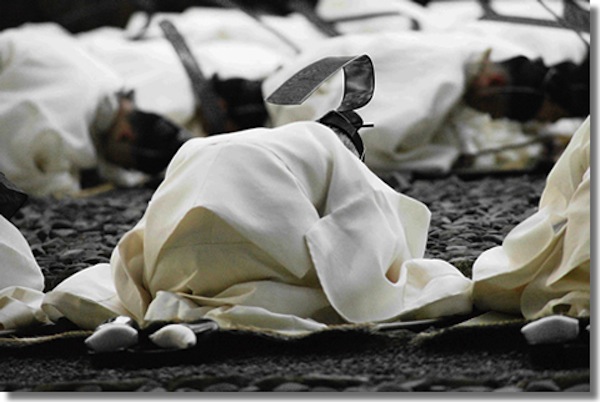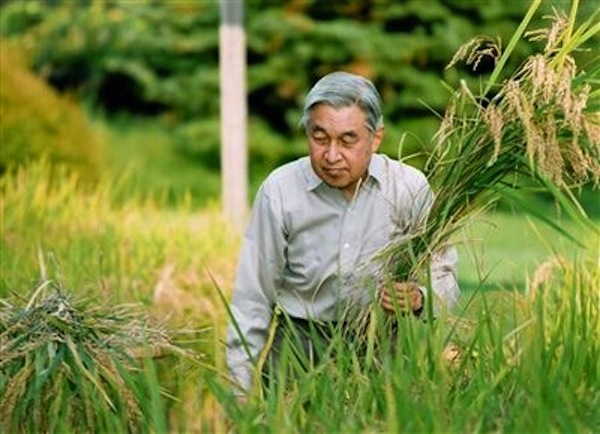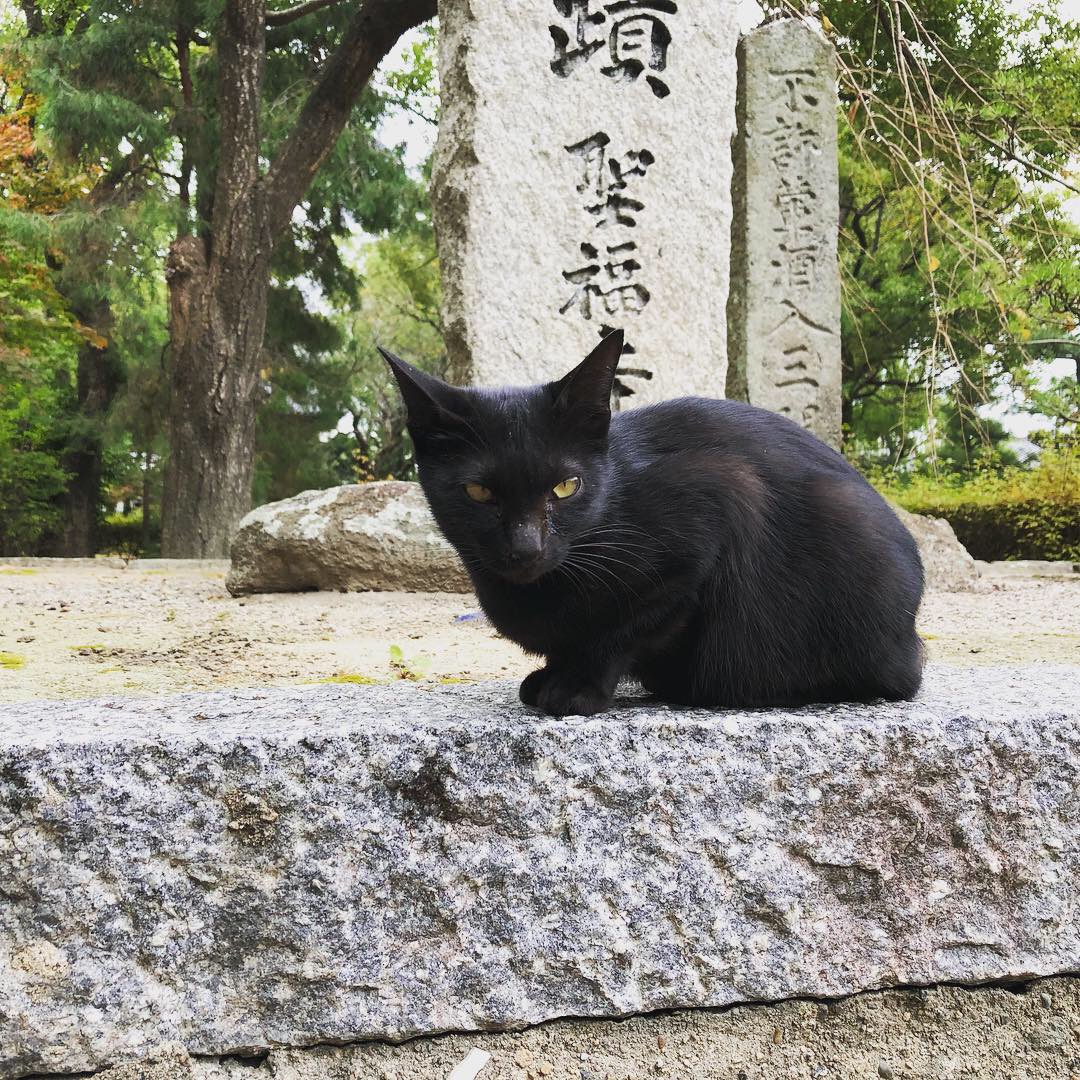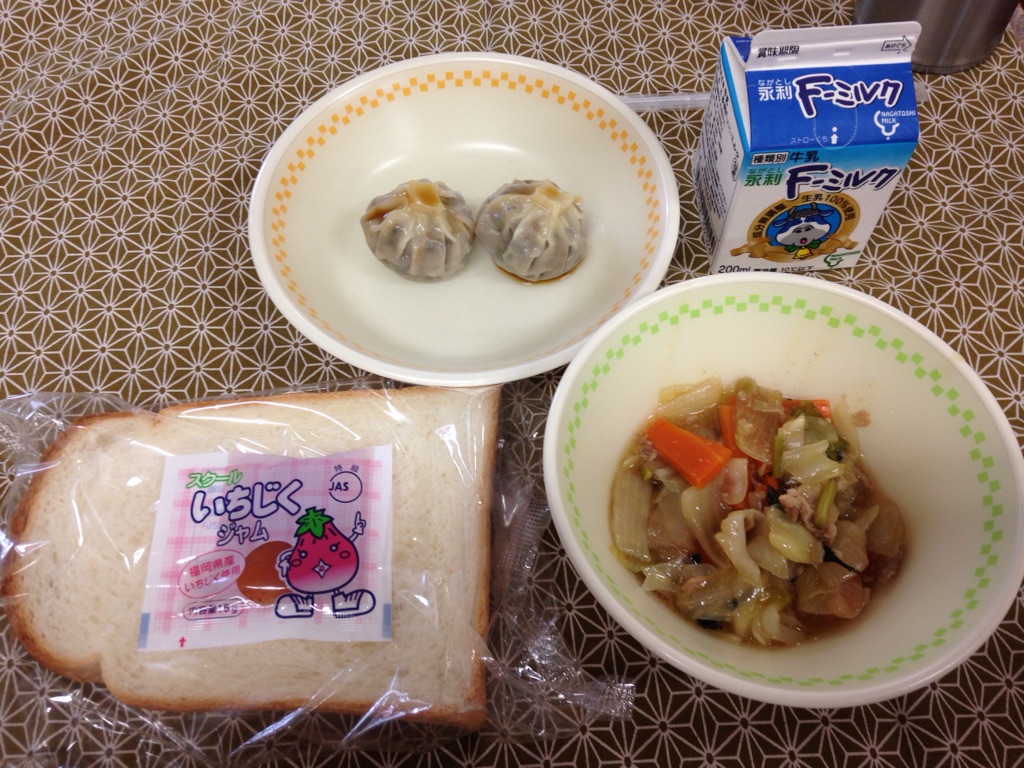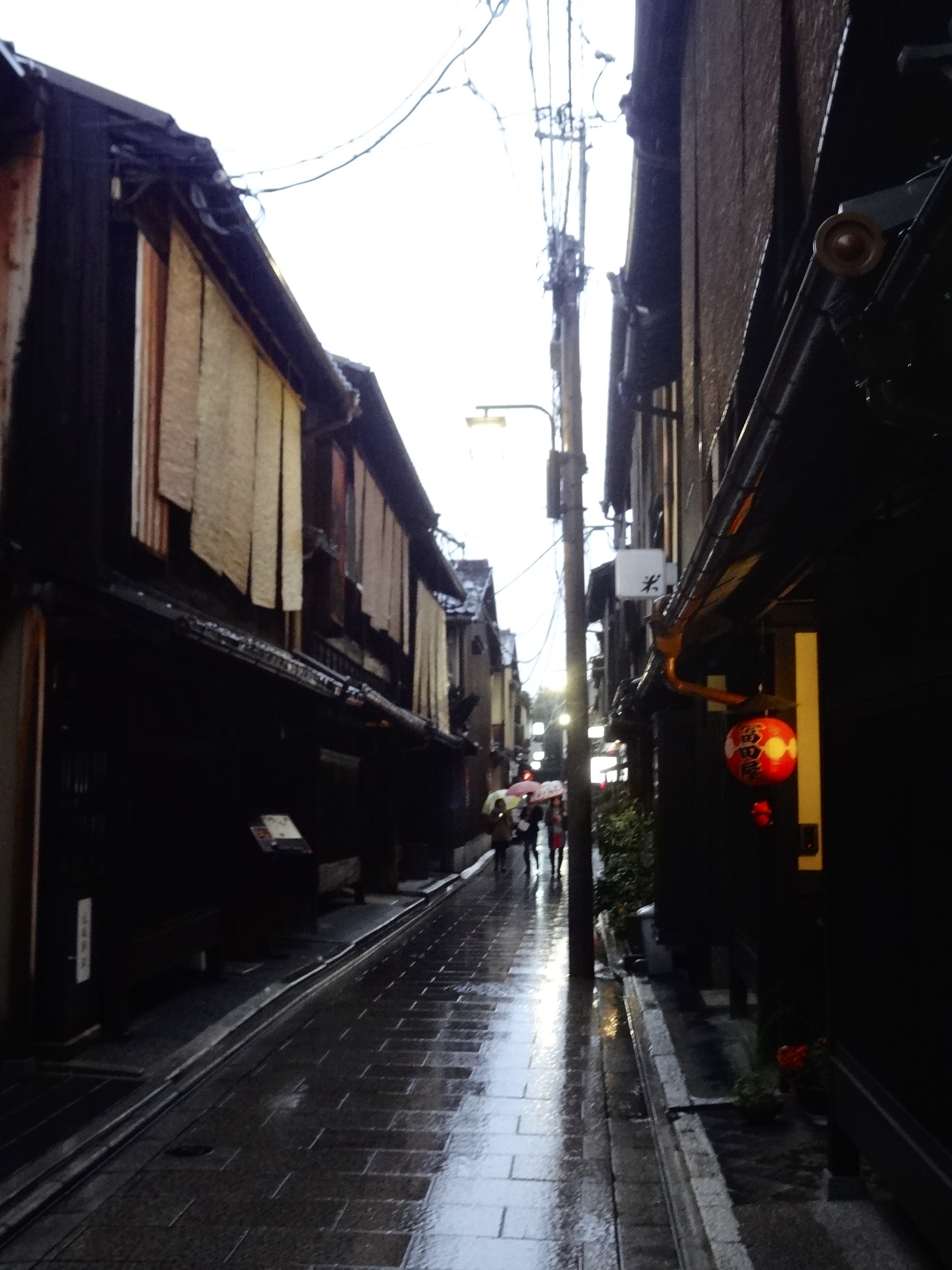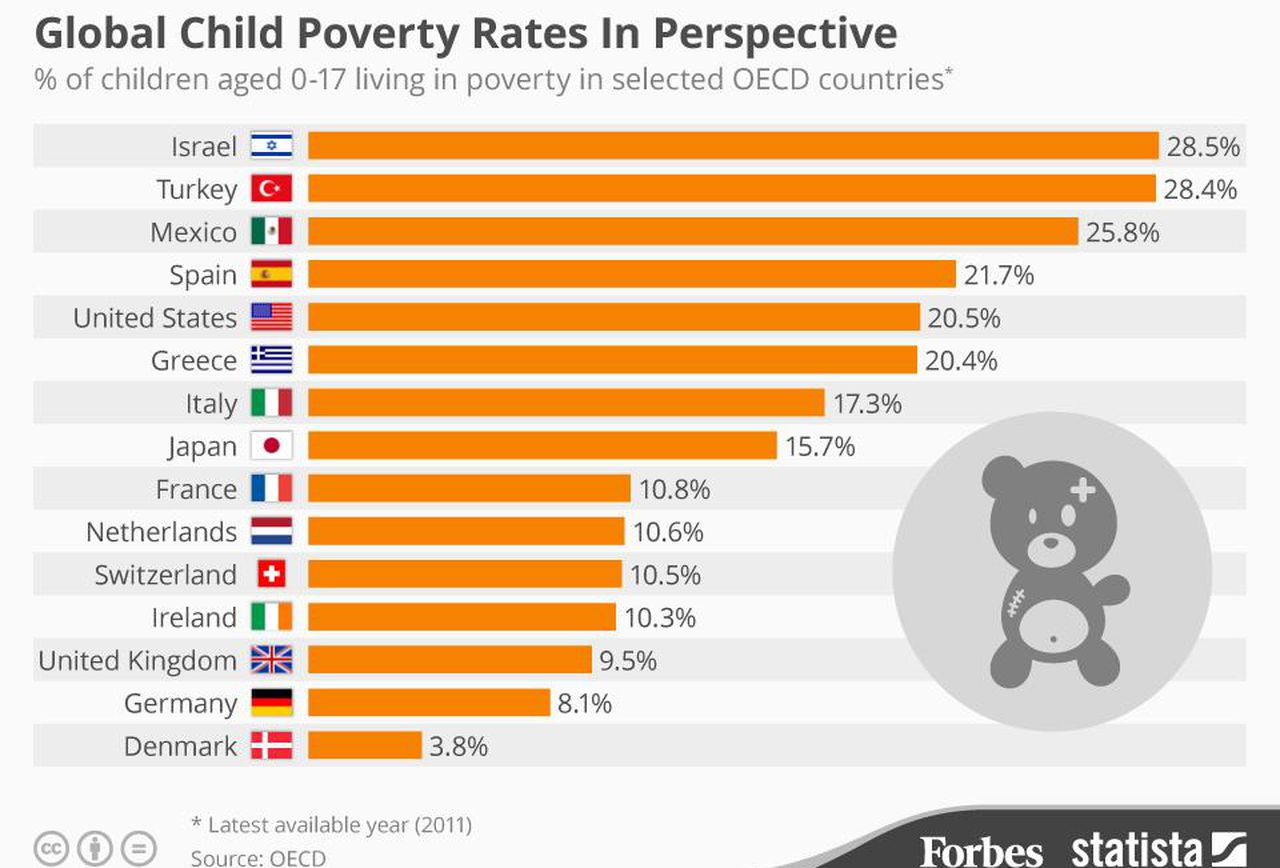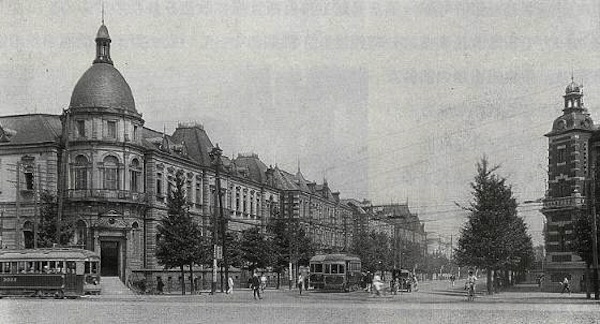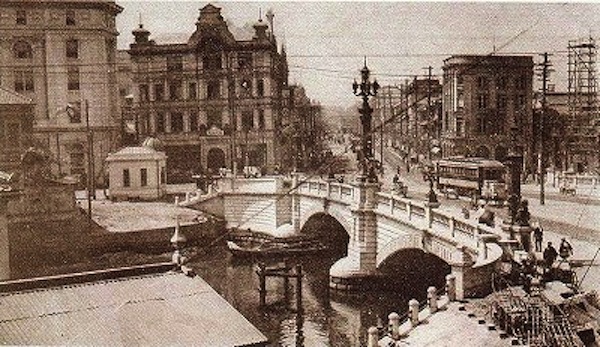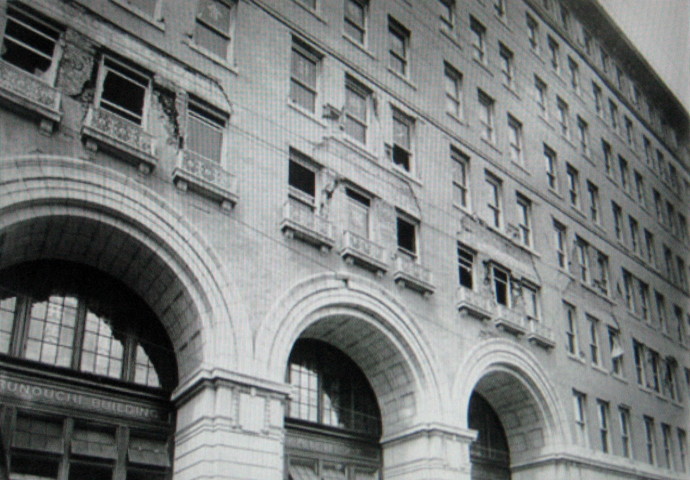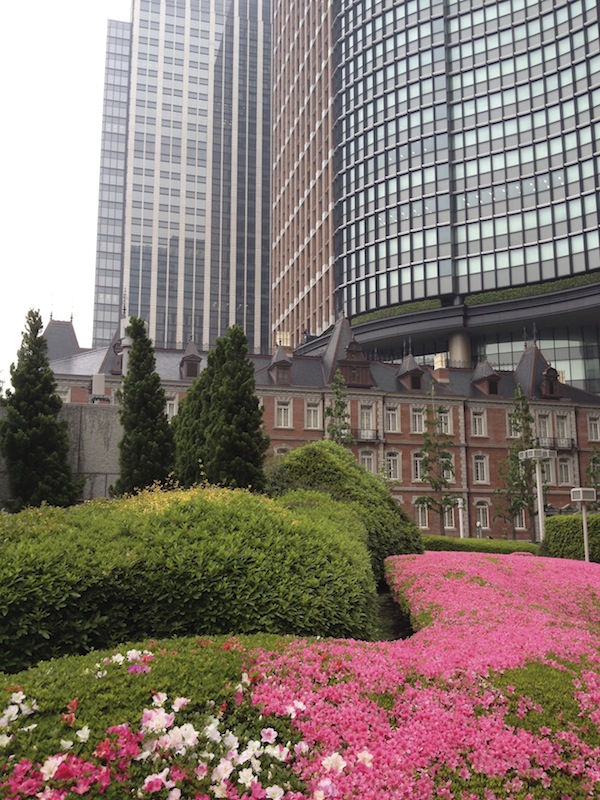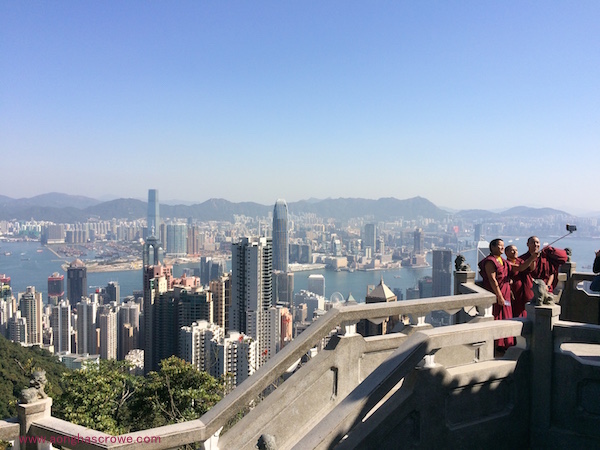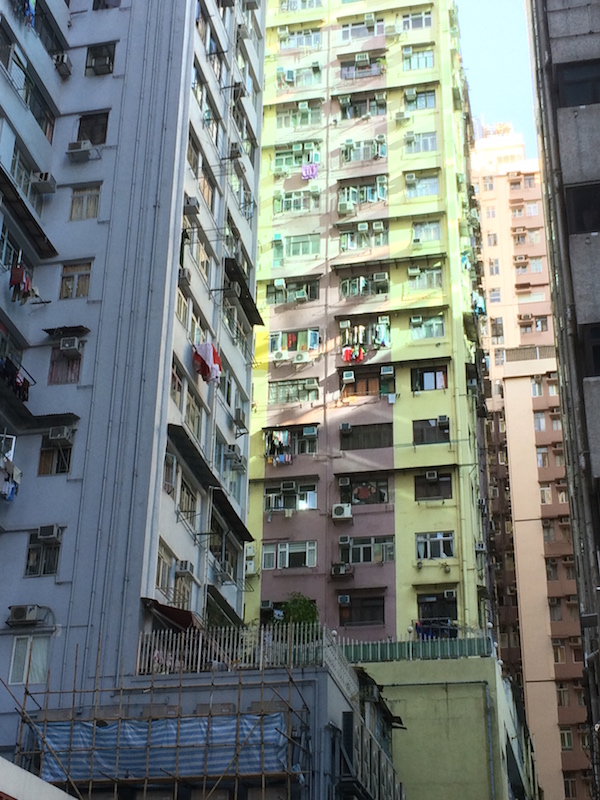About this time every year, I have the same conversation with my students: “There’ll be a national holiday next week,” I begin. “Can any of you tell me the name of that holiday?”
Silence.
“C’mon, think. This Friday — and no peeking at Wikipedia!”
One of the student calls out: “Culture Day!”
“No. Culture Day, or Bunka no Hi, was three weeks ago on Nov. 3,” I remind them. “Thursday, Nov. 23. What’s the holiday? Anyone? Anyone?” I feel like the economics teacher in Ferris Bueller’s Day Off.
“Oh! I know!”
“Ayano, yes, what was it?”
“Kinrō Kansha no Hi.”
“That’s right! Now what is Labor Thanksgiving Day? Anyone?”
One student suggests that it is a day we give thanks to our parents for working hard.
“Well, maybe, but there’s more to it than that. Are any of you doing anything special for Labor Thanksgiving Day?”
Crickets.
I go around the room, asking students what their plans are. Some will work at their part-time jobs, others will probably loaf about at home. A few may go shopping.
“If you’re not going to do anything special, why have a national holiday?” I ask. “Whenever a national holiday holiday rolls around, I always try at least to wear my ‘Rising Sun’ skivvies.”
When half of them laughs, the other half that has been dozing comes to life. Now that I’ve got their attention I ask why some of their holidays, such as the autumnal equinox, Shūbun no Hi, fell on a Saturday last year? “Why not move the day to a Monday like so many other holidays? Why is the date for Shūbun no Hi and other holidays like Kinrō Kansha no Hi fixed?”
They don’t know.
Shūbun no Hi, I explain, is actually one of two Kœreisai and Labor Thanksgiving Day is in reality a harvest festival called Niiname-sai, a Shintō rite performed by the Emperor.
“Have any of you heard of either Kōreisai or Niiname-sai?”
Of course, none have.
“Are you guys really Japanese?” I ask with feigned disbelief, eliciting embarrassed laughter from the students.
I then ask them how many national holidays Japan has.
“Eleven!”
“Nope.”
“Twenty!”
“I wish!”
“Eight!”
“Sorry.”
“Sixteen!”
“That’s right. There are 16 national holidays. And next year there will be nineteen. Many more than most countries have.”
With their help, I write the names of the holidays on the board with the corresponding dates. Once I have them all down, I tell them to pay attention to the 10 holidays that have fixed dates: National Foundation Day (Feb. 11), Showa Day (Apr. 29), Culture Day (Nov. 3) and so on. “Now, what do these days have in common?”
More silence.
“Anyone? Anyone?”
No one even volunteers a guess. They really have no idea what I’m getting at. None.
“All of the holidays with fixed dates are related to the emperor,” I explain. “Ten of your 16 national holidays are related to the emperor.”
You’d think they would know this already, but for the vast majority of them it is a revelation.
New Year’s Day (Jan. 1) was, until 1947, a national holiday on which the imperial worship ceremony called Shihōhai (四方拝) was held.
Foundation Day (Feb. 11) was known as Kigensetsu (紀元節), or Empire Day, until 1947, a holiday commemorating the day on which, legend has it, Emperor Jimmu acceded the throne in 660 BCE.
Vernal Equinox (Mar. 20 or 21), an imperial ancestor worship festival called Shunki Koreisai (春季皇霊祭).
Showa Day, the birthday of Hirohito who has been referred to by his posthumous name Emperor Showa (昭和天皇, Shōwa Tennō) since his death in 1989.
Greenery Day (May 4). This is the former name for Hirohito’s posthumous birthday. In 2007, Greenery Day was moved to May 4 and April 29 was renamed Showa Day. From 1985 to 2006, May 4 was a generic “national day of rest,” one more day expanding Golden Week.
Autumnal Equinox (Sep. 23 or 22). Like the spring equinox, this was an imperial ancestor worship festival called Shuki Kōreisai (秋季皇霊祭).
Culture Day (Nov.3). While this day commemorates the 1946 announcement of the new Constitution, it is actually Emperor Meiji’s birthday. The timing of that announcement was probably not a coincidence. Kenpō Kinenbi, or Constitution Memorial Day, takes place on May 3 and celebrates the promulgation of the 1947 Constitution of Japan.
Labor Thanksgiving Day (Nov. 23), again, is the imperial harvest festival called niiname sai (新嘗祭). Niiname-sai (新嘗祭, also pronounced Jinjōsai — lit. Celebration of First Taste) is a Shinto harvest festival that takes place at the Imperial Palace and shrines throughout the country on the 23rd and 24th of November.
According to the Encyclopedia of Shinto, “The Emperor arranges an offering of sake, rice porridge, and steamed rice (made from the newly harvested rice) served in special vessels crafted from woven beech leaves (kashiwa) and presented to the kami (gods) on a special reed mat (kegomo). Following this evening meal (yumike), the Emperor purifies himself in seclusion (kessai) for the night and, after changing robes (koromogae), prepares the morning offering of food for the kami.”
The rite is called Daijōsai (大嘗祭) when the emperor performs it for the first time after ascending the throne.
The present Emperor’s Birthday is Dec. 23, or Tennō Tanjōbi. With the abdication of Emperor Akihito and the enthronement of his son, Crown Prince Naruhito, next spring, I suspect that Dec. 23 will be renamed Heisei no Hi once Feb. 23 becomes the new Tennō Tanjōbi, bringing the number of national holidays to 17, and those related to the Emperor to 11. (Actually, there will be even more holidays due to the ceremonies related to the abdication and enthronement.)
As for the 10th, Marine Day (the third Monday of July), this holiday used to be held on July 20 and commemorated Emperor Meiji’s return to Yokohama at the end of a trip around the Tōhoku region of Japan aboard the sailing ship, Meiji Maru. (Incidentally, the restored ship is on display at the Etchujima Campus of the Tokyo University of Marine Science and Technology.)
“Why do you know this?” a student asks me.
“Why don’t you?” I shoot back.
“We’re not interested… ”
“This has nothing to do with being interested or not. I’m not all that interested in Japanese holidays myself, but I am curious.”
“Curious?”
“Yes, curious! You have a national holiday called Marine Day. Didn’t that ever make you wonder why there wasn’t a Mountain Day, too? Well, I guess there is now, so go figure. Or, doesn’t it strike you as odd that you have all these national holidays on which you don’t do anything in particular? Again, why have a national holiday? Case in point, the equinoxes: why are they national holidays, but Obon (Japanese festival of the dead) is not? Obon is a much more important holiday for ordinary Japanese people, but it’s not a holiday . . .”
Curiosity. Inquisitiveness. A healthy dose of skepticism. These are things that are sorely lacking among Japanese students today.









